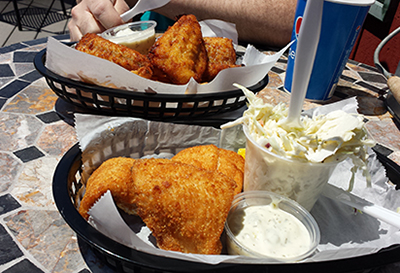Culinary masters aboard Great Lakes freighters: Navigating the high seas of flavor
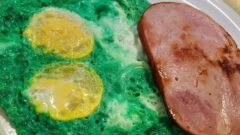
Freighters are mysterious creatures, grazing the horizon at what seems a glacier’s pace, laden with commodities like coal or iron ore. We accept them as part of the Great Lakes’ landscape, but we don’t often think about what it takes to run them.
It turns out, it takes a sizable team.
Great Lakes Now
https://www.greatlakesnow.org/2023/05/culinary-masters-great-lakes-freighters-navigating-high-seas-flavor/


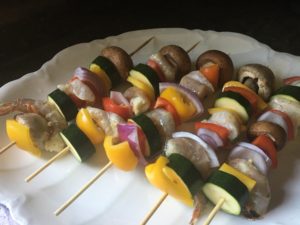
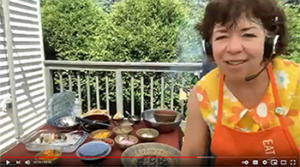
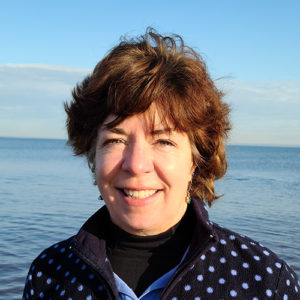
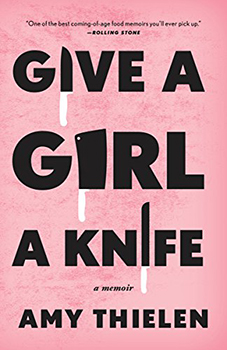 Along these lines, I greatly enjoyed
Along these lines, I greatly enjoyed 